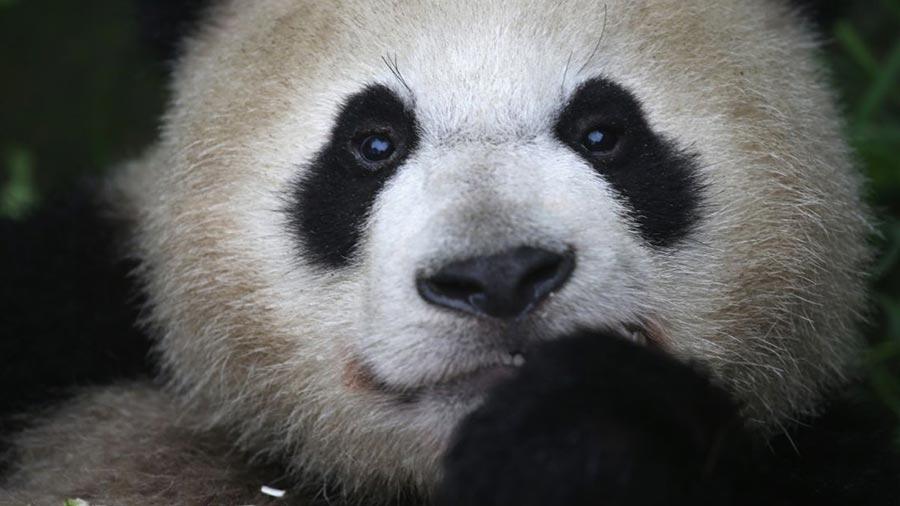Being cute and cuddly did not save the giant pandas falling in a list of endangered animals since the 80’s.
Now, these global symbols of the struggle for protection of wildlife on Earth have been left off the list of endangered animals.
The achievement is mainly due to conservation efforts in China. But will it be definitive?
Everything comes bamboo
Pandas, Chinese national icons, once occupied the entire south and east of the country. But the growth of cities reduced them to a few areas where there were still bamboo forests.
The pandas should eat 12 to 38 kilos of bamboo plant representing 99% of their diet, to keep your energy level. If they can not starve.
Loss of habitats caused the number of pandas fell to 200 thousand in the 80s, according to the head of the International Union for Conservation of Nature (IUCN, for its acronym in English), Craig Hilton-Taylor.
China has been trying for years to increase the population of the giant panda and focused its efforts on recreating and repopulating the bamboo forests.
Now there are an estimated 2 000 60 pandas, of which 864 thousand are adults who have changed their status from “endangered” to “vulnerable” on the IUCN Red List.
“It’s all about restoring habitats and populations begin to increase slowly,” said Hilton-Taylor, IUCN, told the BBC.”Simply restore habitat of pandas returned them their space and allowed to have food available.”
VP Wildlife Conservation World Wildlife Fund (WWF, for its acronym in English), Ginette Hemley, believes China has done a great job by investing in panda habitats and expand and create new reserves.
“It is a wonderful example of what can happen when a government is committed to conservation,” Hemley said.
However, success can be short-lived.
It is believed that climate change will cause the loss of more than a third of habitats bamboo the pandas over the next 80 years.
“With climate change, the temperature will be too high to grow bamboo,” said Hilton-Taylor of the IUCN.
“Giant pandas rely heavily on bamboo for food and the loss of this plant, the future does not look very promising for them,” he adds.
Is the answer captivity?
Many Chinese and foreign zoos have opted to play giant pandas in captivity, sometimes using methods of artificial insemination.
A giant panda couple twins born Sunday at Zoo Atlanta, USA, a mother who was artificially inseminated.
“Having animals in captivity is like an insurance policy,” Hilton-Taylor said. “But we do not want them prisoners forever.”
The ultimate goal of most programs is to return captive animals into the wild.
“There have been a couple of attempts to free the pandas, but have failed,” Hemley said. “They are not out of danger yet.”
In 2007, the first panda born in captivity was released, Xiang Xiang, died after a confrontation with male wild panda.
Why so fond of pandas?
The Tibetan antelope has also left the red list of the IUCN, however has received more attention panda, which has become an icon of animal conservation efforts.
What does the panda that puts us all to coo in unison?
“His black and white, and eye patches make them very charismatic. There’s nothing like them in the world,” explained Hemley, WWF.
“A happy coincidence of their natural adaptation gave them a look that humans perceive as tender and it is much easier to love,” says the executive director of Wildlife Reserves Singapore, Cheng Wen-Haur.
“In the words of Baba Dioum (Senegalese forestry engineer at a congress of the IUCN 1968), in the end only we keep what we love.”











